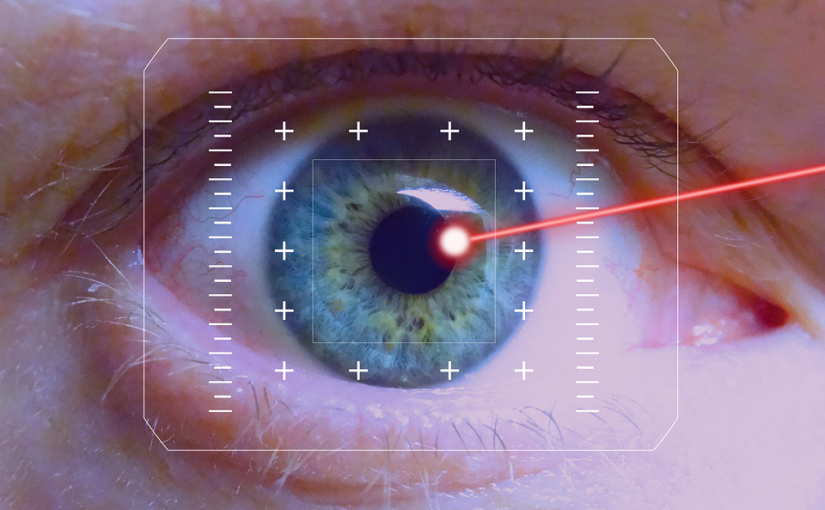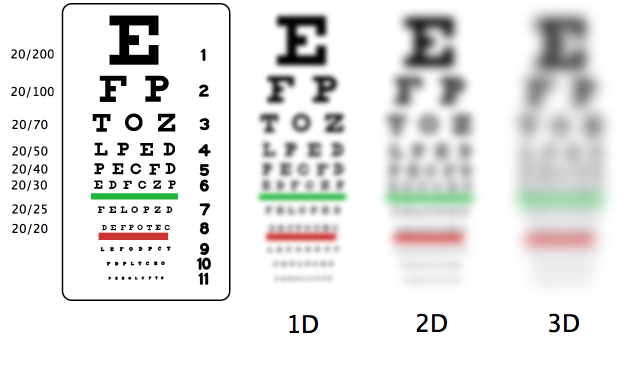Cross-linking is a revolutionary, minimally invasive procedure for those who have been diagnosed with Keratoconus. When partaking in this cross-linking we will have you in and out of Dr. John Frangie’s office in the blink of an eye. While this procedure has just recently been approved in the United States, it has been practiced in Europe for a number of years. This procedure gives patients the opportunity to halt the process of corneal thinning; there have also been proven cases that this procedure has helped improve astigmatism. Where does the name Cross-Linking come from you might ask? When this procedure is completed, special bonds are being added to the collagen fibers in your eye. This helps to link, support and strengthen your cornea.
While people diagnosed with Keratoconus are the ones who are first and foremost being treated with cross-linking, there are other uses for this procedure as well. If you have suffered from a weakened corneal due to LASIK surgery, have corneal ulcers, undergone RK vision changes, or have been diagnosed with any other related corneal issues, then cross-linking could be for you.
Cross-Linking Risks
Although it is not a topic that many like to discuss, there are risks that come along with the procedure. Be aware of:
- Pain and swelling
- Damage to the cornea
- Infections of the eye
- Sight problems such as blurred vision
This is also not a procedure where the patient will notice results immediately. It will take months to completely heal and may even feel as though your condition is getting worse within the first couple months. Once the corneal starts to heal, there will be progress in your vision and you will start to see results and less progression of Keratoconus.
This break through offers patients the first proven method to halt Keratocounus. Following through with the cross-linking procedure will help you with your day to day life and will simplify the management of Keratoconus. At the office of Dr. John Frangie, we are pleased to be able to offer you this revolutionary procedure to help your eyesight and your future.









